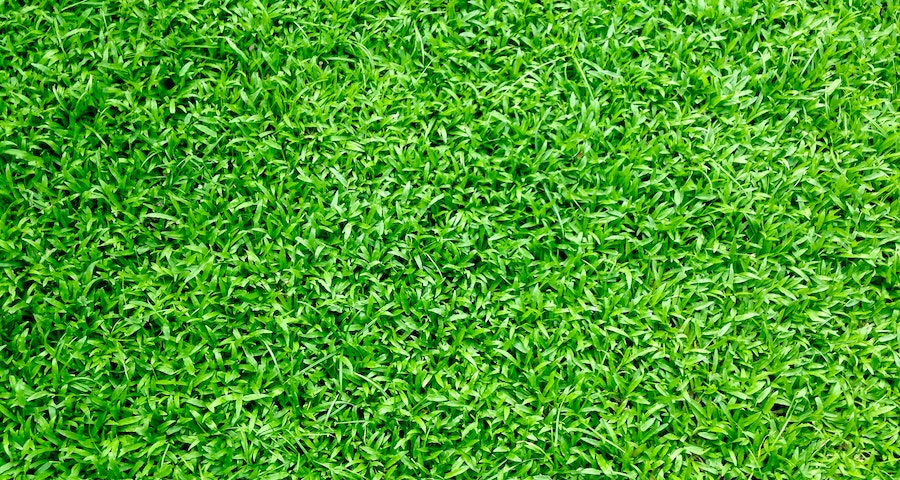
Having a well-manicured lawn is every homeowner’s pride and joy. However, maintaining a natural lawn can be challenging and time-consuming, especially in extreme weather conditions. This is where artificial grass comes in as an excellent alternative. Artificial grass has gained popularity in recent years, and it’s not surprising why. It’s low maintenance, green all year round, and looks just like a natural lawn. If you’re thinking of installing artificial grass, this complete guide will provide you with all the information you need to know.
Contents
Types of Artificial Grass
Artificial grass comes in different materials, textures, and colors. The most common type of artificial grass is made from polyethylene. This type of grass is soft with a natural-looking texture and is ideal for residential lawns. Nylon artificial grass, on the other hand, is more durable and is suitable for high-traffic areas. You can choose between thick and thin blades of grass, shorter or longer pile heights, and a range of colors, including green, brown, and beige.
Preparation and Installation
Before installing artificial grass, you need to prepare your lawn by removing any existing grass, rocks, and debris. You also need to ensure the soil is well-drained and level. Once you’ve prepared the ground, the next step is to install a base made of crushed rock or sand. This provides a stable foundation for the artificial grass to sit on. Finally, the artificial grass is unrolled, cut to size, and secured in place with adhesive tape.
Maintenance
One of the primary benefits of artificial grass is that it requires very little maintenance. You will need to clean your artificial lawn occasionally by brushing it with a plastic rake or leaf blower. If you have pets, you may need to pick up any solid waste and rinse the area with a hose. It’s also advisable to rinse your artificial lawn occasionally to remove dust and dirt.
Cost
The cost of artificial grass varies depending on the size of the area you want to cover, the type of grass you choose, and the installation method. On average, you can expect to pay between $8 and $15 per square foot for artificial grass and installation costs. While this may seem high, bear in mind that you’ll save money in the long run by not having to water, fertilize, or mow your lawn.
Environmental Impact
Artificial grass has a lower environmental impact than natural grass. It doesn’t require water, fertilizer, or pesticides, reducing the chemicals that end up in the water supply. It also doesn’t require a lawnmower, reducing emissions that contribute to air pollution. However, it’s worth noting that artificial grass is made from non-biodegradable materials and will end up in a landfill after its useful life.
Conclusion:
Artificial grass is an excellent alternative to natural grass for homeowners looking for low-maintenance lawns. With various types to choose from, preparation and installation procedures, and minimal maintenance requirements, artificial grass is worth considering. Though the initial installation may seem expensive, it will save you money in the long run by eliminating lawn maintenance costs. However, it’s essential to weigh the pros and cons of artificial grass, including its environmental impact, before making a decision. With the information in this guide, you can make an informed choice about whether artificial grass is right for you.
